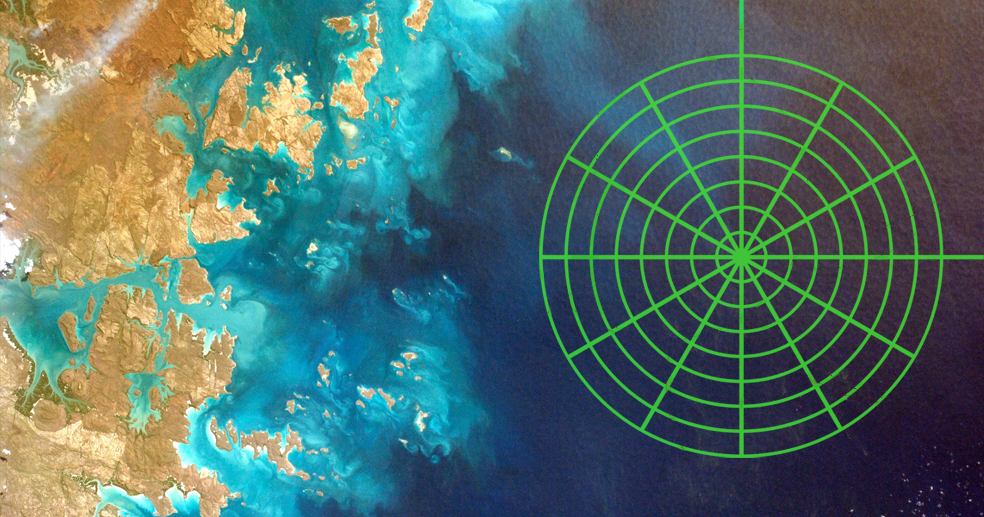
Part 2: Enforcing Regulations
Snapchat, Instagram, remote-controlled drones. Technology is speeding along faster than we can install the latest iPhone update. And with so much time, energy, and money pouring into tech, we’re excited to see new innovations that can help our oceans as well.
In part 2 of our 4-part series on how technology can help save the seas (with a little help), we turn our attention to innovations in regulation and enforcement. It might not sound exciting, but these companies are using satellites, aerial mapping, and drones to help fight overfishing and exploitation of the oceans. Read on:
-
Google maps may serve a greater purpose than avoiding traffic on your commute. SkyTruth and Oceana are working with Google to develop a mapping platform for better regulation of illegal fishing. Their website, Global Fishing Watch, is available to the public and displays all trackable fishing activity in the ocean. Regulators can use it to prosecute illegal fishing operations, and responsible fishers will be rewarded with greater transparency about where they fish—a win-win.
- And when fishing boats go off the radar, many governments rely on drones to monitor restricted areas. Governments in Costa Rica, Palau, Belize, Jamaica, and more use drone technology and infrared cameras to crack down on illegal fishing. Submersile drones powered by wave and solar power are perfect for remote regions like the Pitcairn Islands in the middle of the South Pacific.
- But enforcement isn’t just dependent on eyes in the skies. This husband and wife team is spreading knowledge to stop the the illegal shark fin trade for the five most-threatened shark species. Sharkfinid.com provides a guide and workshop series for border control personnel around the world to help them identify shark species by their fins. Sharkfinid then dispatches experts to confirm species types—removing one more illegal shark fin from the the global shark fin trade.
Technology can make a big difference, at sea and in the sky. It gives us eyes where we don’t have them, and can lead to sweeping changes that benefit industry, society, and the planet. But as we said in Part 1 technology is just the starting point—real change requires user-driven design and savvy implementation strategies.
So what? Let us know how you have seen technology move forward. Do you have a positive story from successful implementation? Where are you stuck? Send us a note at info@futureoffish.org and look out for next week’s post to learn how technology can help trace seafood through the supply chain.
Published Jul 13, 2016




